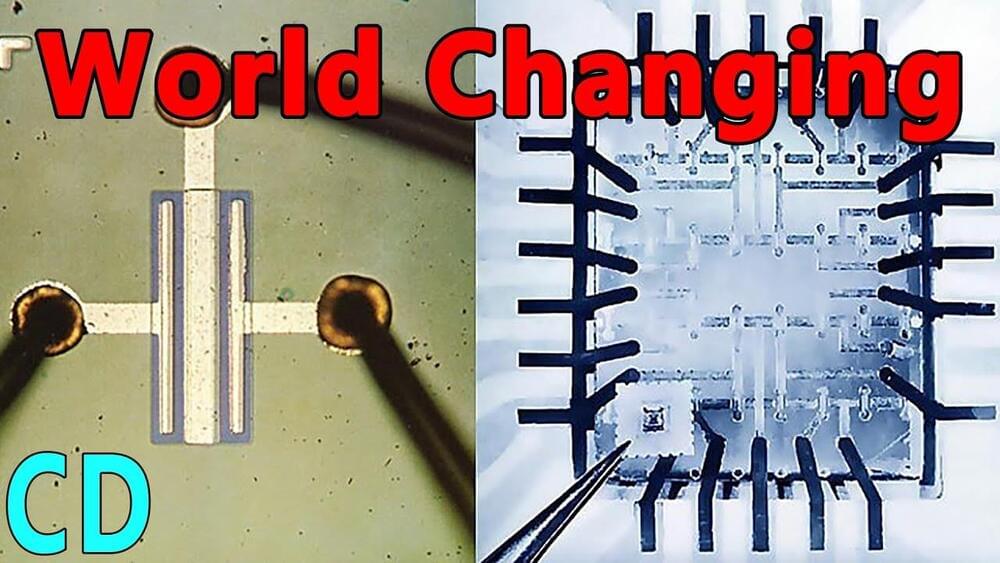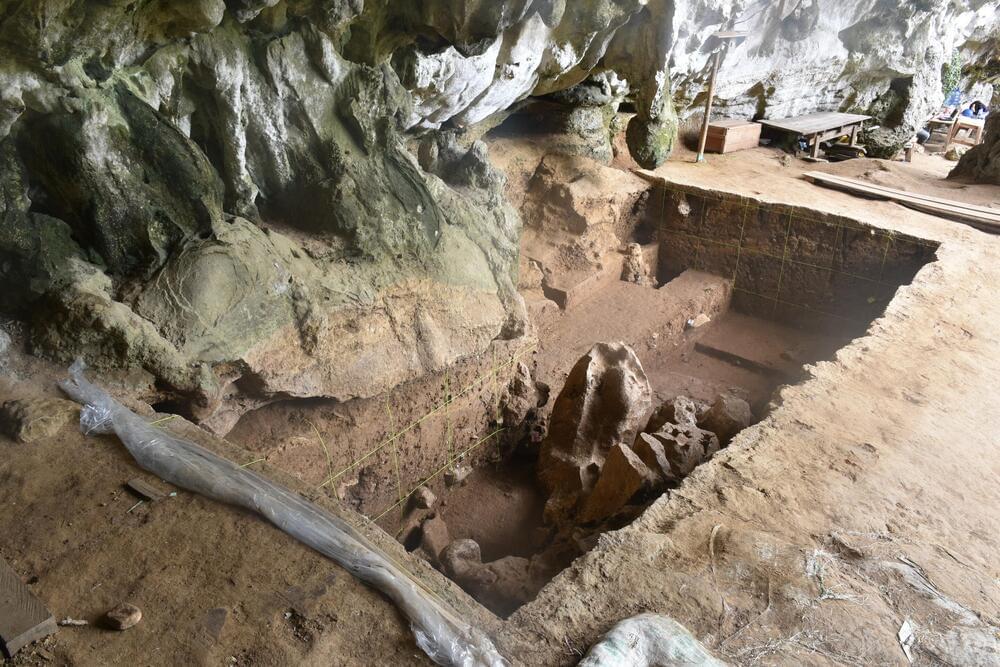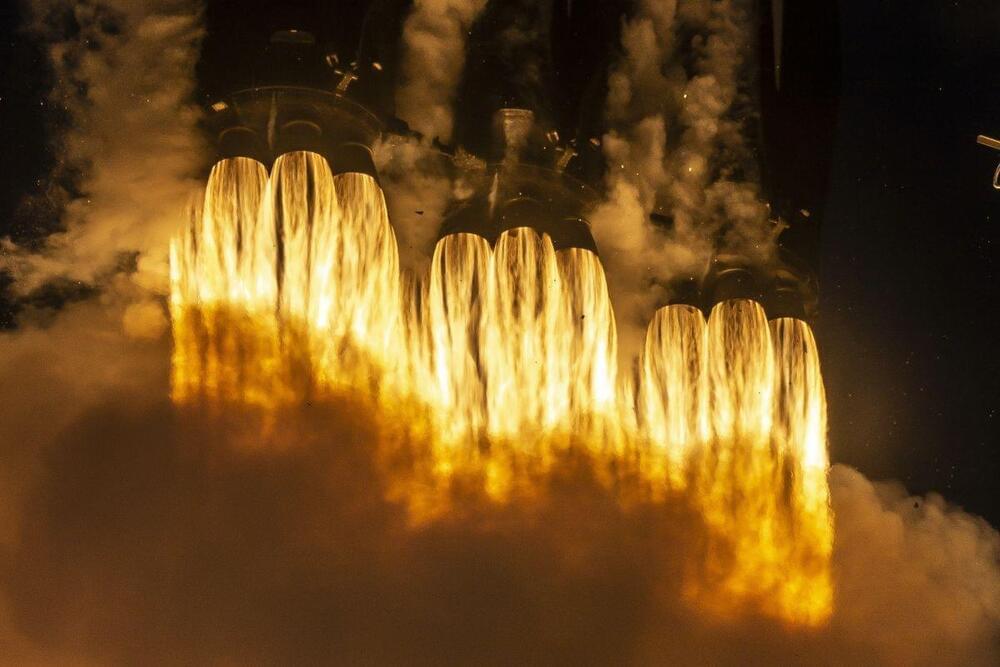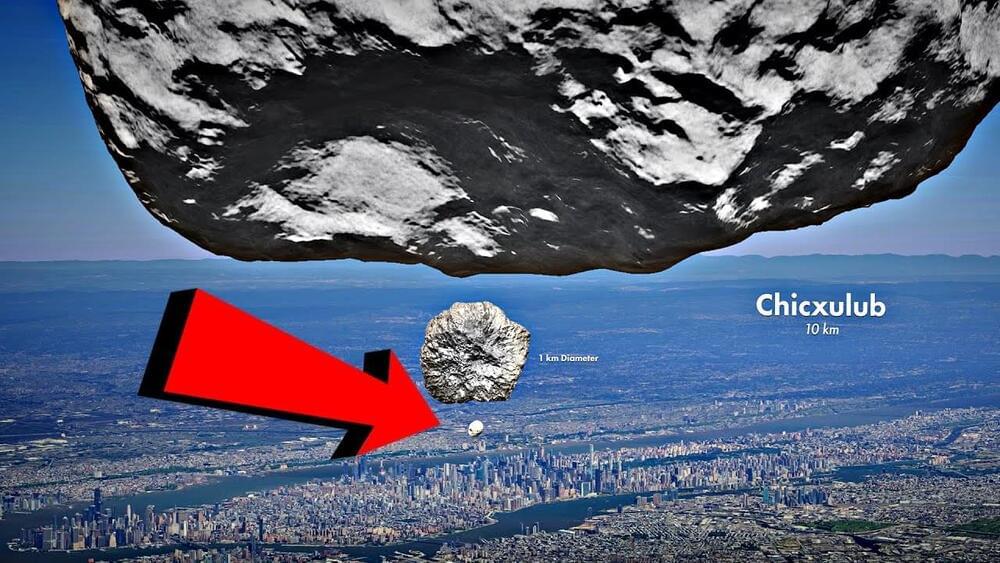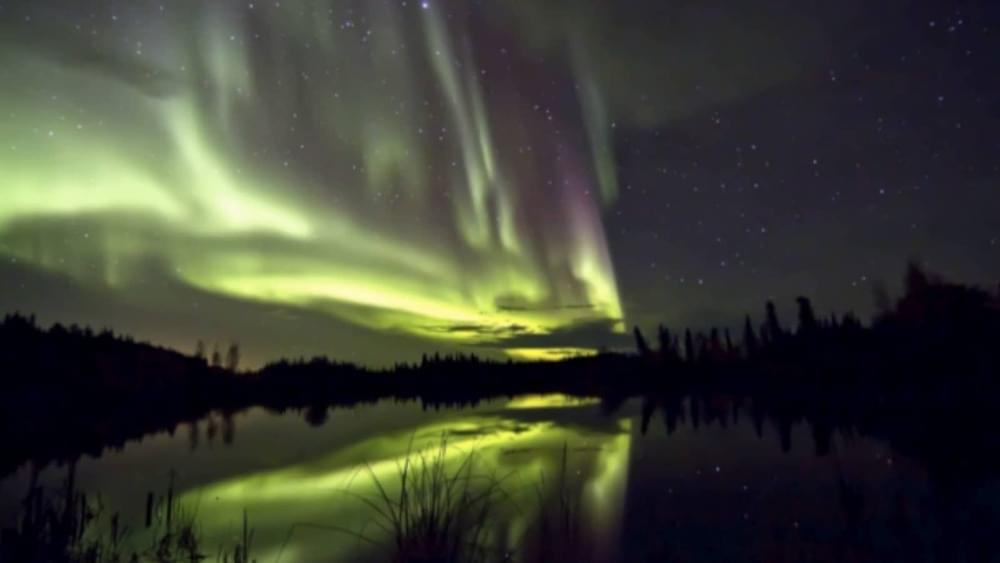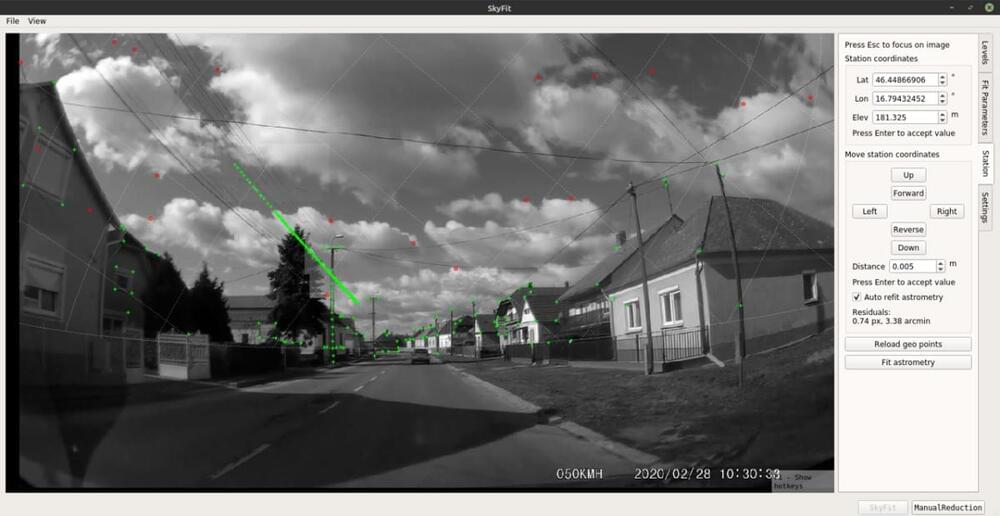Sep 30, 2021
The Most significant invention of the 20th Century
Posted by Sean Brazell in categories: media & arts, robotics/AI
Great channel, fascinating video. ☝😁🔜💡💡💡
To get 73% off with the NordVPN 3-year deal plus 4 month free click on the link here: https://nordvpn.com/curiousdroid.
Coupon code: curiousdroid.
What makes a truly world-changing invention? Of all the inventions of the 20th century just one could be said to have changed the world in such a way that it touches virtually everybody on the planet’s lives on a daily basis. It has enabled the most rapid development in technology in history and yet you cant see the vast majority of them directly and their individual job is just to switch on and off. This is the story of the MOSFET and how it changed the world.
Continue reading “The Most significant invention of the 20th Century” »
